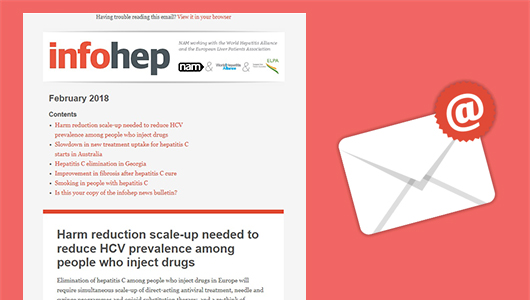Africa Studio/Shutterstock.com
More than half of adults and one third of children in Europe are classified as overweight or obese, with the highest proportion coming from lower socio-economic groups where NAFLD is prevalent.
NAFLD is the accumulation of excess fat in the liver and is now the most common cause of liver disease in western countries due to the rapid rise in levels of obesity and type 2 diabetes. It is a major European health burden resulting in liver cirrhosis and liver cancer, as well as big increases in cardiovascular disease and non-liver cancers.
Lack of physical activity and excess calorie intake leads to weight gain and fat deposition, which plays a major role in the development and progression of NAFLD.
“We have reached a tipping point with obesity and NAFLD and swift action is urgently needed by policy makers to reverse the growing epidemic. Obesity is the normal response to an abnormal environment and can only be tackled by addressing the multiple physical, social and economic obesogenic drivers in society,” said Philip Newsome, Secretary General of EASL.
EASL is calling for:
- public health policies to restrict advertising and marketing to children of sugar-sweetened beverages (SSBs) and industrially processed foods high in saturated fat, sugar and salt.
- the introduction of taxes to discourage the consumption of SSBs and legislation to ensure that the food industry improves labelling and the composition of processed foods.
EASL says that research indicates that governmental measures aimed at increasing the cost of SSBs can reduce consumption by 20 to 50%. It is estimated that a 20% levy on SSBs would prevent 3.7 million cases of obesity and 25,498 cases of BMI-related disease over the next 10 years.
“It is clear that many of the causes of NAFLD – sedentary behaviour, excessive energy intake and a poor diet are avoidable. If we are to reduce the incidence of obesity and NAFLD we need to have a significant re-think about the regulations regarding the sale and marketing of sugar products,” concluded Professor Newsome.




Connect with infohep on Facebook: Keep up to date with all the latest news and developments.
Follow infohep on Twitter for links to news stories and updates from infohep.org. Follow us at www.twitter.com/infohep.
Follow all the infohep news by subscribing to our RSS feeds.